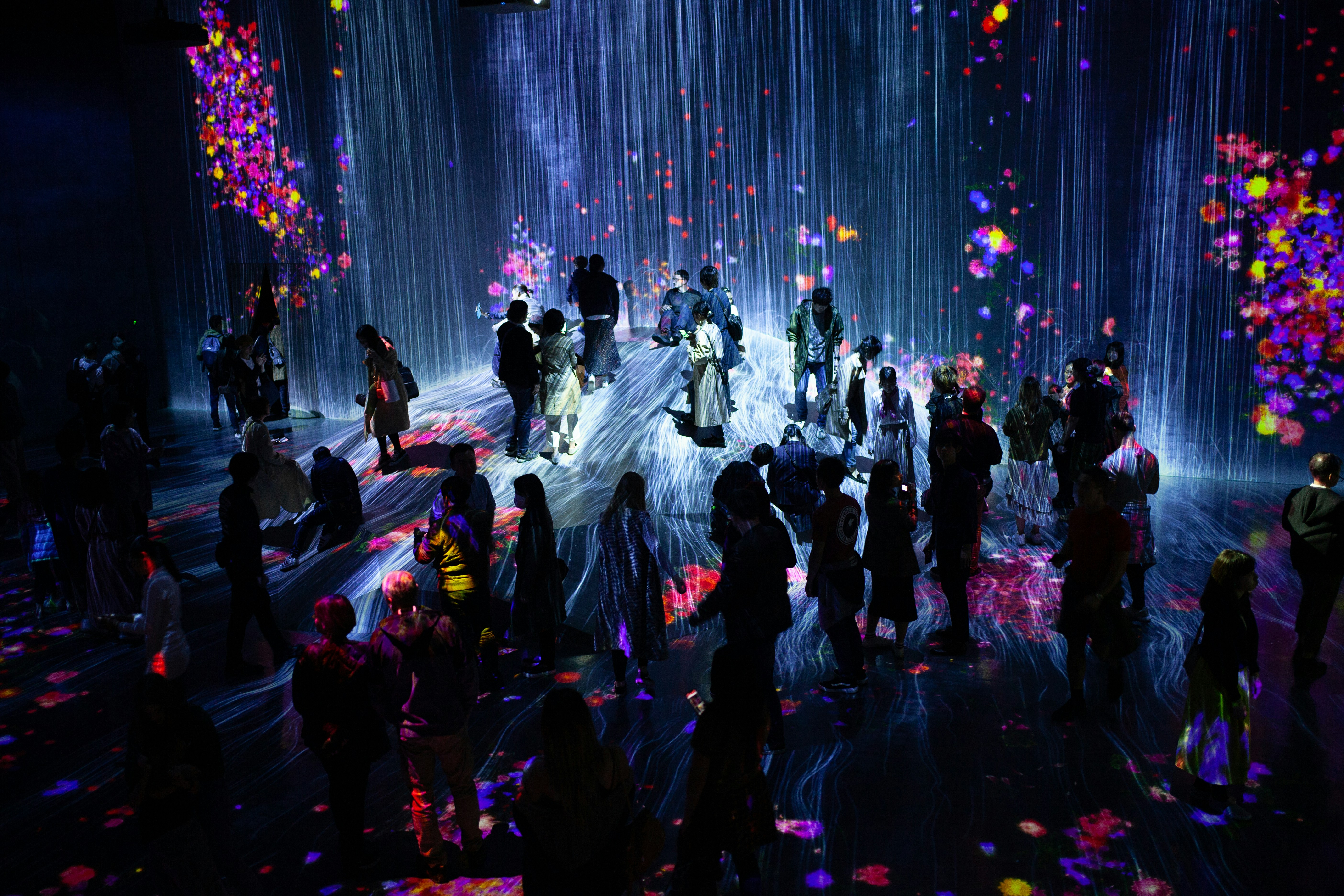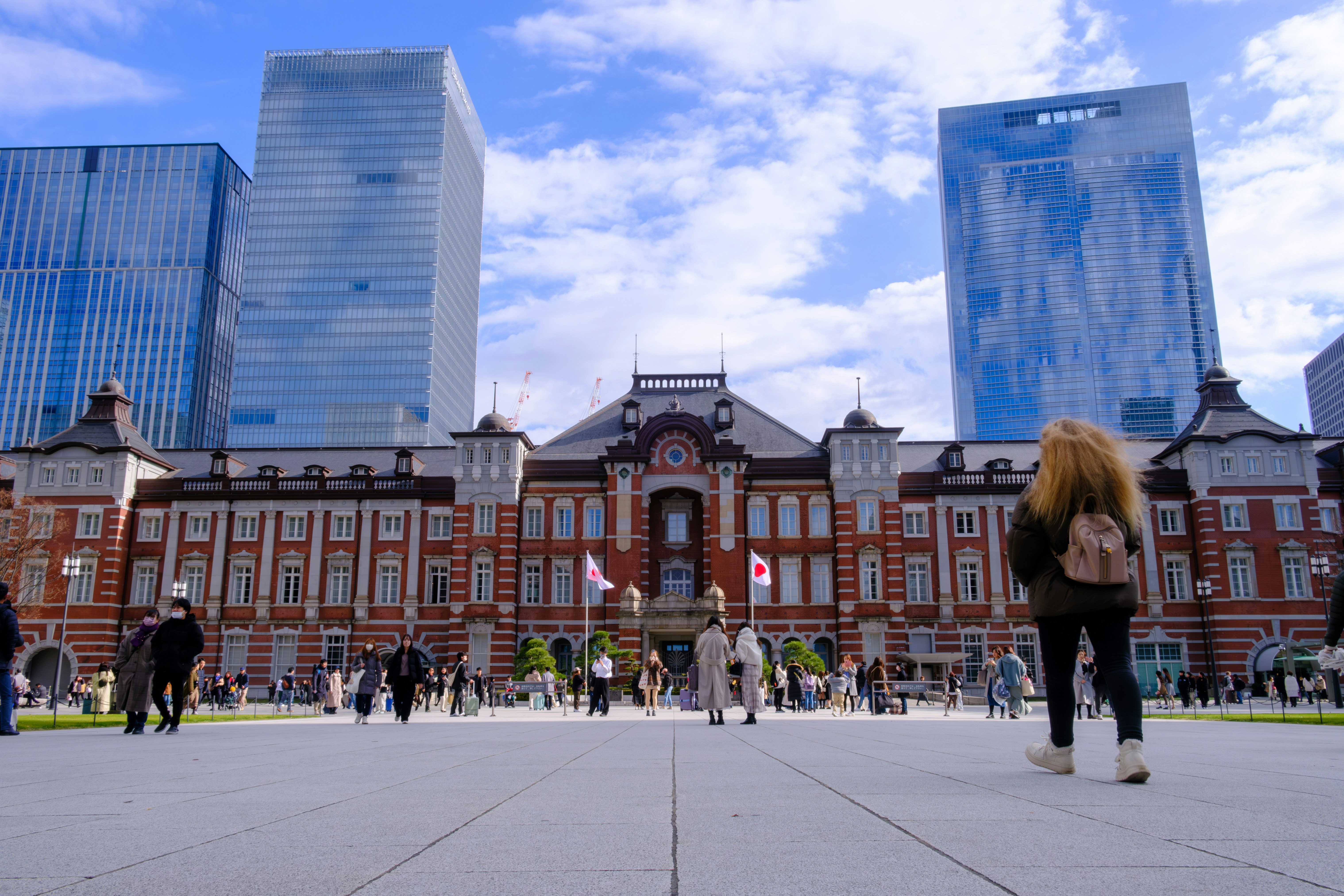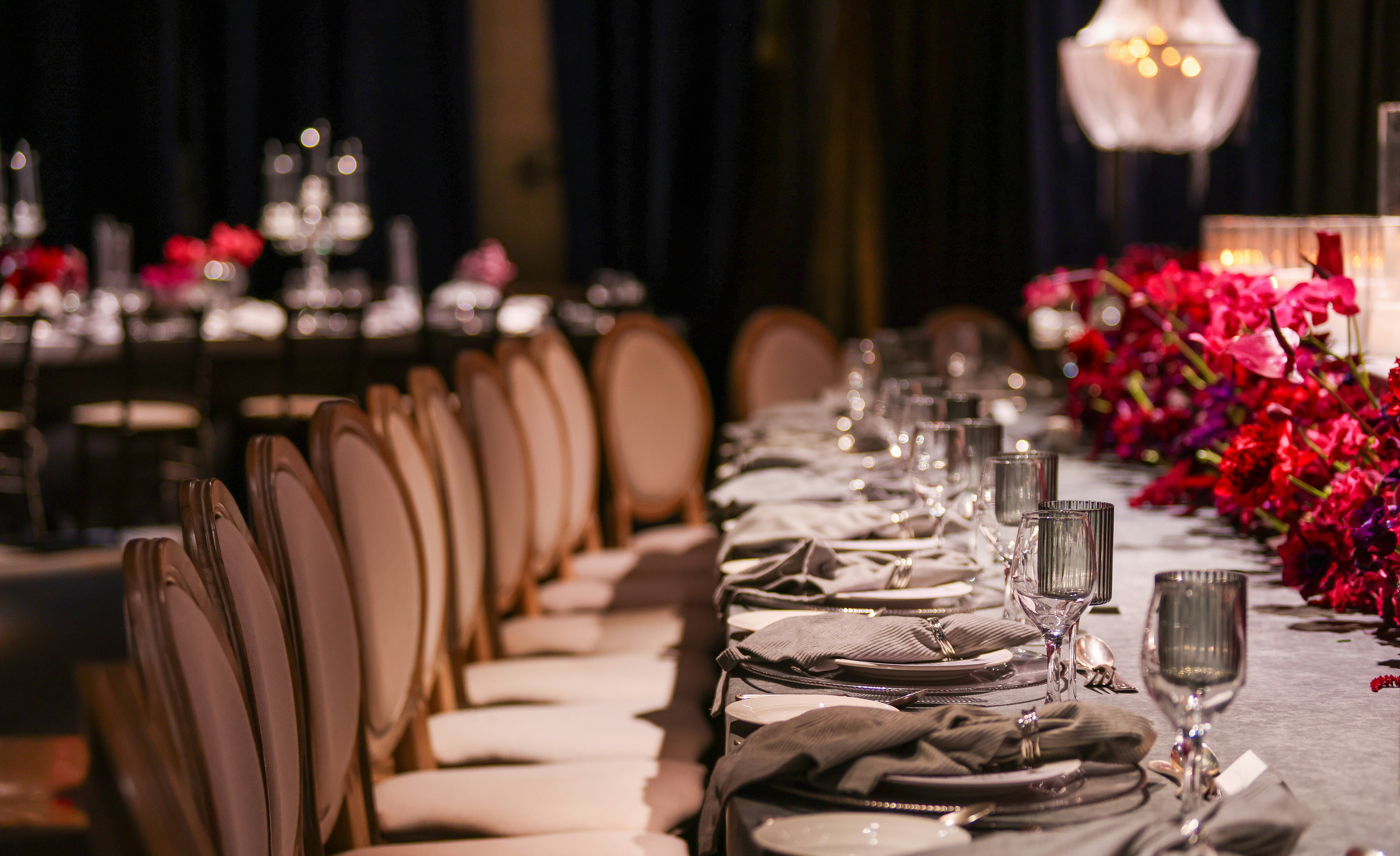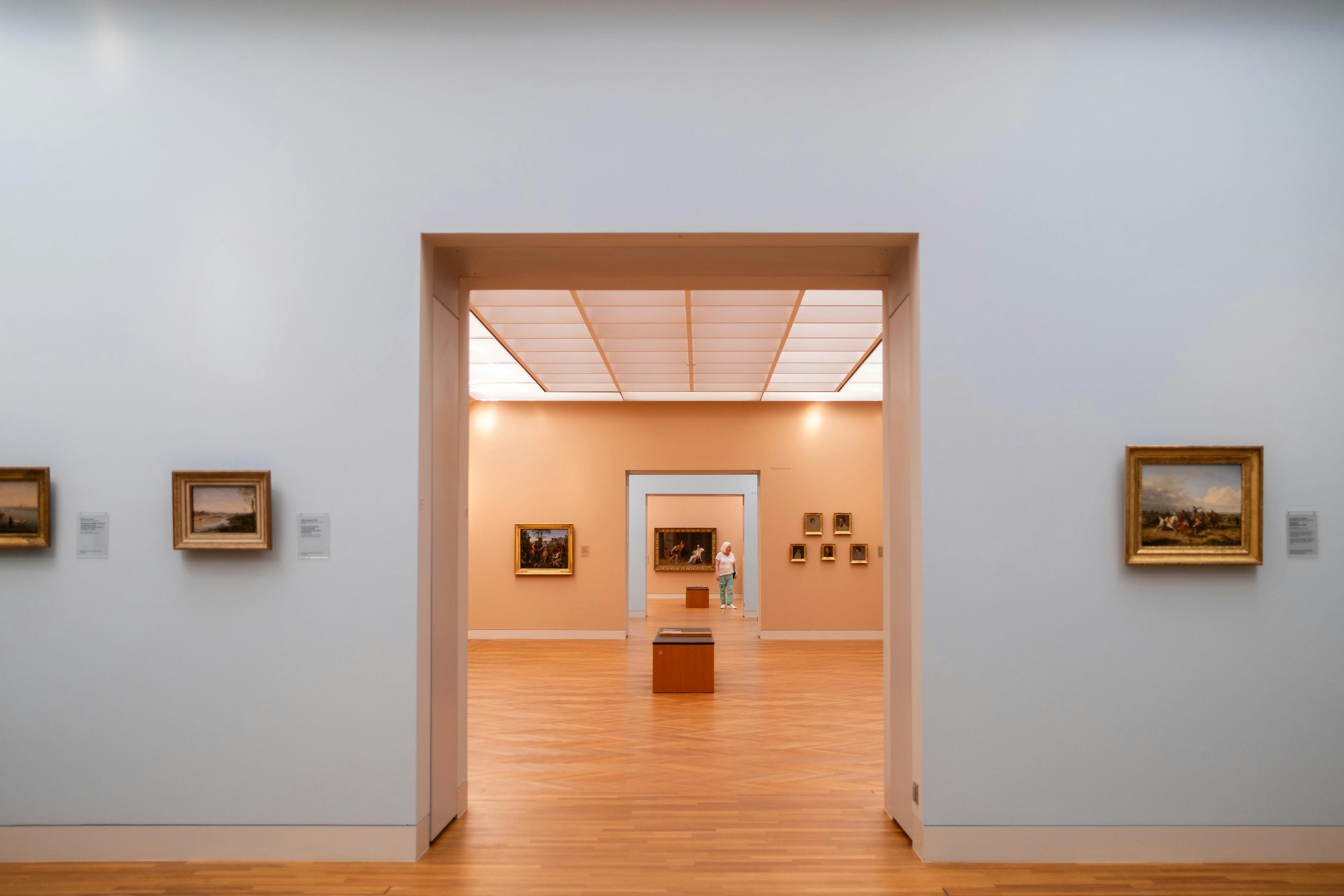Top 20 Offsite & Social Venues in Tokyo and Osaka
Author
Shun
Date Published

Selecting an offsite or social venue in Japan is about creating emotion, not just space. Whether it’s a welcome dinner overlooking Tokyo Bay or a private celebration in a Kyoto-style garden, the setting defines how guests connect with each other and with Japan itself. Both Tokyo and Osaka offer an exceptional range of possibilities, from glass towers to Edo-era estates, each with distinct cultural and logistical traits.
What makes Japan unique is how design, service, and regulation intersect. A museum reception demands curatorial coordination, while a rooftop gala calls for weather and noise compliance. Even private restaurants follow strict timing and capacity rules. As a planner, you need to pair creative ambition with local precision. Understanding each venue’s operational rhythm—from load-in windows to staff curfews—ensures a seamless guest experience and a stress-free delivery for your team.
This guide highlights twenty remarkable spaces grouped by venue type, helping planners visualize not only the atmosphere but also the practical realities of hosting exceptional events in Tokyo and Osaka.
Museums
Museums in Japan lend sophistication and meaning to social events. They combine architecture, culture, and design precision—ideal for receptions, galas, and product launches that need depth rather than display. Both Tokyo and Osaka host institutions that understand corporate event requirements and provide bilingual support for setup, lighting, and security. Here are some of the most inspiring venues suited for high-level programs.

Mori Art Museum, Tokyo
Located atop Roppongi Hills, this museum offers sweeping city views and world-class art. It suits evening receptions and creative industry launches where lighting and skyline ambiance reinforce brand themes.
National Museum of Modern Art, Tokyo
A modernist venue overlooking the Imperial Palace moat. The clean interiors allow for flexible staging and quiet elegance, with nearby hotels simplifying guest logistics.
teamLab Planets, Tokyo
Immersive and sensory, this digital art experience engages audiences in motion and light. It’s particularly effective for innovation showcases or media events that demand visual storytelling.
Osaka Museum of History, Osaka
This venue pairs contemporary facilities with views of Osaka Castle, making it a strong fit for heritage-themed galas and international delegations seeking cultural resonance.
Nakanoshima Museum of Art, Osaka
Sleek, central, and newly reopened, it provides easy access for evening functions with modern infrastructure and curated architectural appeal.
These museums provide atmosphere, but also demand detailed coordination for artwork safety, timing, and security supervision. When reviewing contracts, I typically include a clause like:
Venue agreements shall define exclusive-use hours and specify responsibilities for art protection and technical equipment placement.
Mini Checklist
• Request after-hours access at least eight weeks in advance.
• Confirm insurance and art-handling protocols.
• Coordinate lighting and catering setup with venue-approved vendors.
Work directly with each museum’s event liaison to synchronize curatorial approvals, logistics, and vendor scheduling before program confirmation.
Waterfronts and Rooftops
Few settings in Japan evoke celebration quite like its waterfronts and rooftop decks. These spaces blend modern architecture with open air and skyline drama, making them perfect for cocktail receptions, product launches, and gala evenings. Tokyo’s bayside districts offer futuristic views, while Osaka’s river and harbor zones provide warmth and intimacy in urban form. Here are several exceptional options that combine atmosphere with functionality.

Takeshiba Pier Decks, Tokyo
A contemporary outdoor space facing Tokyo Bay. It offers panoramic skyline views and easy logistics for catering and load-in—ideal for welcome receptions or evening toasts under the city lights.
Odaiba Seaside Park, Tokyo
One of Tokyo’s few waterfront zones open to structured events. It allows branded pop-up setups and controlled guest access while maintaining proximity to key hotels and convention centers.
Shibuya Sky, Tokyo
A 360-degree rooftop observation space offering exclusivity for small high-profile gatherings. Its infrastructure supports projection, LED lighting, and photography sessions with Tokyo Tower in view.
Tempozan Harbor Village, Osaka
Combines waterside plaza access with proximity to Osaka Aquarium and cruise docks. It’s well-suited for casual dinners, team-building events, and pre- or post-conference celebrations.
Namba Parks Rooftop Terrace, Osaka
A green oasis atop a major retail complex. It balances natural landscaping with urban energy, working best for semi-private cocktail events and casual incentive programs.
Outdoor spaces bring flexibility but also exposure to wind, rain, and community sound rules. With these benefits come specific operational considerations. When reviewing contracts, I typically include a clause like:
Outdoor venue agreements shall include alternate indoor space guarantees in case of adverse weather or high-wind advisories.
Mini Checklist
• Confirm weather and sound permit regulations with ward offices.
• Reserve indoor backup space at contracting stage.
• Validate load-in times and power access for lighting setups.
Work with the venue’s technical manager early to align on forecast protocols, safety plans, and equipment placement before confirming your event schedule.
Heritage Buildings
Historic venues in Japan carry both symbolism and atmosphere. They connect modern gatherings to Japan’s architectural past, giving each event a sense of depth and heritage. These buildings often feature exquisite craftsmanship, manicured gardens, and meticulous staff used to working with cultural or corporate events. They’re ideal for executive dinners, award ceremonies, or formal receptions that demand character. Here are a few standout venues that balance tradition and technical practicality.

Kyu-Iwasaki-tei Gardens, Tokyo
Once the residence of the Mitsubishi family, this Meiji-era mansion offers classical interiors and expansive lawns. Its quiet dignity fits cultural dinners and executive gatherings that value refinement over spectacle.
Tokyo Station Hotel Ballroom, Tokyo
Set within one of Japan’s architectural icons, this space delivers old-world elegance and modern comfort. The ballroom’s high ceilings, chandeliers, and integrated hotel service make it perfect for gala dinners and sponsor receptions.
Happo-en, Tokyo
A celebrated garden estate in Shirokanedai, known for seasonal blossoms and a blend of Japanese and Western rooms. Its event staff specialize in high-end hospitality for embassies and corporate functions.
Osaka Central Public Hall, Osaka
A Neo-Renaissance landmark recognized as a cultural asset. It features grand halls, red-brick architecture, and flexible event rooms suitable for conferences or banquets.
Semba Building, Osaka
A restored merchant estate that offers both tatami and Western-style spaces. Its compact charm makes it ideal for cultural experiences or intimate private dinners.
These venues deliver timeless atmosphere but require care and coordination for setup and protection. When reviewing contracts, I typically include a clause like:
Event setup shall preserve building integrity, with protective flooring and equipment load limits approved by the heritage authority.
Mini Checklist
• Secure permits for temporary event use early.
• Use approved protective materials for staging.
• Confirm sound, lighting, and décor restrictions.
Collaborate closely with heritage management staff to ensure every element respects both the building’s preservation rules and your event’s design requirements.
Private Restaurants
Japan’s fine dining scene blends artistry, service, and ritual—making private restaurants a powerful setting for small-scale executive dinners or incentive events. Tokyo and Osaka both host Michelin-starred venues and contemporary dining rooms where hospitality and precision align perfectly with corporate expectations. These spaces require advance planning for timing, menu coordination, and exclusive-use conditions. Here are some of the best options for high-level gatherings.

Narisawa, Tokyo
Renowned for its “innovative satoyama” cuisine, this restaurant uses local and seasonal ingredients in a serene setting. Perfect for intimate dinners that emphasize sustainability and creativity.
Ukai-tei Omotesando, Tokyo
A refined teppanyaki restaurant surrounded by gardens, ideal for groups seeking interaction between chef and guest. Its architecture and service represent the height of Omotenashi.
Sushi Saito, Tokyo
An elite sushi counter with only a handful of seats. It offers discreet, personalized service for C-suite discussions and high-trust negotiations.
Koryu, Osaka
A three-star kappo restaurant balancing artistry and warmth. Seasonal tasting menus are tailored to guest preference, making it suitable for hosted delegations.
Hajime, Osaka
Combining molecular innovation with minimalist design, this venue turns dining into performance. Its precision mirrors Japan’s design ethos, perfect for creative industries and brand events.
Private restaurants provide intimacy but demand logistical discipline. Reservations often require deposits and bilingual coordination for menus and service timing. When reviewing contracts, I typically include a clause like:
Menu selections, corkage, and dietary accommodations shall be finalized no later than fourteen (14) days prior to the event date, with cancellation fees clearly defined.
Mini Checklist
• Confirm bilingual menu and printed name cards.
• Collect dietary restrictions in advance.
• Clarify cancellation, deposit, and overtime terms.
Coordinate directly with the restaurant’s general manager or owner-chef to finalize pacing, language needs, and speech timing before arrival day.
Noise Limits, Curfews, and Logistics Realities
Event perfection in Japan depends as much on respecting community regulations as on good design. Local curfew, sound, and loading laws define what’s possible in both cities. Tokyo’s dense zoning and Osaka’s mixed-use districts mean even private functions must operate within strict time and sound boundaries. Knowing these rules early helps prevent last-minute surprises and keeps both the event and host reputation safe.
Sound and Timing Rules
- Outdoor events in Tokyo typically must conclude by 9:30 p.m.
- Indoor venues in residential zones often have reduced audio thresholds.
- Late-night functions may require ward-level notice or exemptions.
- Truck loading and teardown are usually restricted to daylight hours.

Community and Venue Compliance
- Venues near temples, embassies, or parks are sensitive to noise complaints.
- Restaurants and rooftops may need written sound management plans.
- Cultural sites require approval from heritage or environmental offices.
Every operator enforces these differently, so clear documentation is essential. When reviewing contracts, I typically include a clause like:
All sound, lighting, and logistics activities shall comply with local curfew and community guidelines, with penalties for non-compliance specified by the venue authority.
Mini Checklist
• Verify curfew times and event cut-offs at booking stage.
• Obtain permits for sound or late-night use if required.
• Schedule teardown before curfew buffer ends.
• Align all logistics with ward office guidelines.
Work with your venue manager and local logistics partner to confirm written timing and compliance terms before publishing the final event schedule or guest transfers.
Conclusion
Tokyo and Osaka offer a remarkable range of venues for offsite and social programs—from modern museums and waterfront decks to restored heritage estates and Michelin-starred restaurants. Each space reflects a unique blend of design, precision, and service that defines Japan’s approach to hospitality. The opportunity lies in matching the mood of your event with the rhythm of the city, balancing creativity with compliance.
Planning in Japan rewards foresight. A rooftop event may demand weather contingencies; a museum dinner requires curatorial approval; a private restaurant needs menu confirmations weeks ahead. These operational layers are not limitations but part of what makes Japan’s event experience so refined. Every detail, when managed correctly, contributes to a sense of calm professionalism that guests will remember.
By understanding local rules, coordinating with bilingual partners, and respecting the country’s precise operating standards, planners can deliver seamless experiences that embody both cultural depth and logistical excellence.
Connect with Japan Meetings to curate your shortlists, confirm regulatory requirements, and design an offsite program that captures the spirit of Tokyo and Osaka with clarity, authenticity, and precision.